|
Our newsletter has dropped and we have four new articles, including a brand new medium for our mini tutorials section, the oil pastel. If you haven't tried oil pastels, we would highly recommend you give them a go. Our new tutorial only takes 10 minutes to create a highly effective piece of work, and maybe you will fall in love with the medium too? We certainly love them! We like to cover a different medium or product, in each article, so this quarter, we provide a list of blending tools for soft pastel artists, a selection of black papers for artists who enjoy working on a dark surface. We have chosen various surfaces and brands, suitable for numerous mediums, not just pencils. Finally, we have updated the Prismacolor pencil artist. We really delved deep into the history of these pencils and believe us, these pencils have a great history. They span over a hundred years! We also discuss what these pencils can achieve, as we are aware that they are a favourite of many coloured pencil artists. Click on any of the images below to visit the article and have a read. Why not grab a coffee, as we do throw lots of information into our articles, so we hope you enjoy them. About the Prismacolor pencil |
1. SpongesWhen mixing soft pastels, sponges are the go-to tool for most artists. These are available in various shapes and sizes and can be easily found in art supply stores or even health and beauty stores that sell make-up sponges. How to Apply: To achieve a smooth blend, apply 2-3 shades of pastel to the paper and blend with circular movements. When working with small areas, use the wedge or tip of the sponge. Good: Washable, providing longevity Bad: May tear when used on highly abrasive paper |
2. Blending stumps/ TortillionsBlending stumps and tortillions are tools of tightly packed paper rolled into a pencil shape. These tools have fine tips that allow for blending in small areas and the ability to push pastel around to create or smooth out thin lines. How to apply: To achieve a smooth blend, apply circular motions with the tip or side of the stump. Use excess pastel on the tip to introduce extra pigment to another area of your paper. Good: Low cost, can be 'sharpened' to remove the dirt Bad: Quickly dirtied, Short life span, easily ripped and torn |
3. Pan Pastel Softt toolsOur Sofft tools are crafted from a unique micropore sponge formula, with each tool featuring a distinct shape and size that makes it perfect for blending and applying your pastels. You can easily replace the sponges, which are reusable and simple to clean. How to apply: Rub the sponge across the pastel and apply it to your paper. Afterwards, you can blend the pastel as desired. Good: Re-usable. Economical. Easy to clean. Bad: You will need to clean or change your sponge when moving between dark to light grades, to avoid muddying your colours. |
4. Colour shapersSilicone-made Colour Shapers are versatile tools for blending pastels and other mediums. The tips avoid absorbing material, which is perfect for applying, removing, scraping, and moving colours. Made of durable rubber composite, they help create texture and blend pastels seamlessly. The blue and ivory-coloured tips are soft and suitable for soft pastels. The darker coloured tips are firmer. These are useful for clay and other mediums. How to apply: Before selecting your preferred tool, ensure you have enough pigment on your paper. Then, delicately blend the pigments for optimal results. Good: Long life, easy to clean. Easy to hold Bad: May not be ideal on highly abrasive paper |
5. Pastel applicatorsSponge wands like these help blend small areas of pastel. You may find packs made explicitly for this technique called 'Sofft Mini sponge applicators' from the Pan Pastel company. However, general art stores may sell them too. You can purchase a pack of eyeshadow wands as an inexpensive replacement from your local health and beauty store. However, the sponge will likely be of different quality and may tear easily, but it may be worth a try. How to Apply: Add 2-3 shades of pastel to the paper prior to mixing. To ensure a smooth coverage, mix using circular motions. Good: Economical. Precise application. Bad: May be hard to hold, especially for those who have issues with their hands. Only suitable for blending small areas. |
6. Colourless blenderThe PanPastel Colourless Blender is a versatile medium that can achieve different effects. It can help increase transparency and improve the flow of colour without altering the pigments' original hues. With this medium, you can create a more transparent mix or soften the application's flow. How to apply: This product can be used before applying colour, as a base layer, or mixed with the pigment after application. Good: Easy to mix, non-crumbly. Low dust and less waste. Bad: To be updated |
7. BrushesFor a more precise and soft edge, using a short flat brush to blend your pastels is recommended. This type of brush is sturdier, offering more control. It's important to select the appropriate brush size for each area and to clean off any excess pastel after use to prevent colours from mixing and becoming muddy. How to apply: Gently brush your pastels outwards to soften or in a rotational direction to soften hard lines after applying your layers. Good: Firm application. Targeted application. Bad: Abrasive paper may break the hair in the brush. |
8. FingersIf you're a pastel artist, you may have used your fingers to blend your pastels. While this is a convenient way to blend larger areas, it can be messy and may mix your colours if you don't clean your fingers between colours. To avoid this, use a damp cloth to remove pastels from your fingers and dry them with a towel before mixing the following colours. How to apply: Blend in circular motions with clean fingers to fill in the peaks of the paper and create a smooth layer. Good: Cost-free, quick and easy Bad: Messy applications. Abrasive paper can damage your skin. |
9. Cotton buds or Q-tipsArtists can make use of cotton buds, which are an affordable option. They can blend small areas of pastel drawings and be conveniently disposed of once used. How to apply: To achieve smooth coverage, use circular motions when blending over layers of pigment. Good: Low cost and economical. Bad: When you're searching for Q-tips, consider looking for eco-friendly options instead of plastic ones. Remember that cotton tips might not be the best choice for every project, as they can get stuck on abrasive paper. |
10. Pastel on pastelBlending pastels is possible without a unique tool by layering one colour over another. This technique works well with soft and hard pastels, but the final effect will depend on the type of paper or surface used. Smooth surfaces may not blend as well as abrasive ones. How to apply: Apply each colour on top of the other and push the pastels into the paper's peaks. Lighter applications will enable you to add more layers. Good: No extra tools are needed. Bad: May not create an even blend of colour. |
What products do you use to blend soft pastels?
Do you have other product suggestions we haven't included here?
Please share your own hints and tips with us in the comments section below.
Author
Karen M Berisford
Archives
March 2024
February 2024
August 2023
May 2023
March 2023
February 2023
October 2022
June 2022
May 2022
April 2022
March 2022
July 2021
March 2021
December 2020
November 2020
August 2020
July 2020
January 2020
November 2018
June 2018
July 2017
January 2017
April 2016
March 2016
February 2016
June 2015
May 2015
March 2015
April 2014
December 2011
Categories
All
1 Day Art Workshop
1 Day Graphite Workshop In The UK
2 Day Art Workshop
Accessories For Artists
Acid Free Black Paper
Acid Free Paper
Acid-free Paper
Acid Free V Archival
Acid-free V Archival
Acrylic Articles
Acrylic Panel Board
Acrylic Varnishes
Alkaline Paper
Ampersand Pastelbord
Aqua Stonehenge
Archival Acid Free
Archival Acid-free
Archival Black Artist Paper
Archival Paper
Archivists
Arm Rest
Arm Support
Art Education
Articles On Art
Artist Essentials
Artist Light
Artists Easel
Art Lighting
Art Materials
Art Product Recommendations
Art Spectrum
Art Spectrum Colourfix Smooth
Art Studio Light
Art Tips
Art Tutorials
Arty Articles
Audrey Hepburn Art Workshop
Barn Owl Art Workshop
Battery Powered Eraser
Berol Karisma Pencils
Black Art Paper
Black Art Papers
Black Labrador Art Workshop
Black Labrador Coloured Pencil Art Workshop
Black Labrador In Coloured Pencils
Black Paper Tutorial
Black Rhino Art Workshop
Blenders
Blenders And Burnishers
Blending Soft Pastels
Blending Sponges
Blending Stumps
Blending Tools For Coloured Pencil Artists
Blending Tools For Graphite Art
Blending Tools For Soft Pastels
Blueberries In Coloured Pencil Tutorial
Blue Wool Papers
Brush And Pencil Colored Pencil Powder Blender
Buffers
Canson Mi-tientes
Canson Mi Tientes Touch
Canson Mi-tientes Touch
Caran D'Ache
Caran Dache Full Blender Bright
Caran Dache Luminance Pencils
Carbon Pencil
Carbon Pencils Help
Carbon Versus Charcoal
Cheap Coloured Pencils
Chesterfield Art Group
Chesterfield Art Tutor
Chesterfield Art Workshops
Chromaflow Pencils
Clairfontaine Pastelmat
Colored Pencil Magazine
Colored Pencils
Coloured Pencil Accessories
Coloured Pencil Article
Coloured Pencil Artists
Coloured Pencil Art Kit
Coloured Pencil Mini Tutorial
Coloured Pencils
Coloured Pencils Comparison Article
Coloured Pencils On Pastelbord
Coloured Pencil Tutor
Coloured Pencil Tutorial
Coloured Pencil Workshop
Colourfix Black
Colourfix Paper Review
Colourfix Smooth Black
Colour Shapers
Commission Art
Commission Art Business
Coronavirus
D33200
D33500
Daler Rowney Graduate Acrylics
Daylight Company
Derbyshire Art Workshop
Derwent
Derwent Black Mixed Media Paper
Derwent Blender
Derwent Blender Pen
Derwent Burnisher
Derwent Chromaflow
Derwent Coloured Pencils
Derwent Coloursoft Pencils
Derwent Graphic Pencils
Derwent Graphite Pencils
Derwent Lightfast
Derwent Lightfast And Zest It
Derwent Lightfast On Pastelbord
Derwent Metallics
Derwent Onyx
Derwent Onyx Pencils
Derwent Pencils
Discontinued Product
Dogs Eye In Graphite Pencil Tutorial#
Drawing A Hare
Dust Free Eraser
Embossing Tools
Environmental Paper
Erasing Carbon Pencils
Erasing Shield/stencil
Ergonomic
Ergonomic Arm Rest
Faber Castell Graphite 9000
Faber Castell Pastel Pencils
Faber Castell Polychromos Pencils
Fabriano Tiziano
Fixative Spray
Free Art Tutorials
Frisk Black Watercolour Paper
Frisk Paper
Gallery Oil Pastels
Gelly Roll Pens
Gesso
Gesso Panel
GOLDEN
Golden Polymer Varnishes
Golden Varnishes
Golden Waterborne Varnish
Grahite Lemur Art Workshops
Graphite Artist Help
Graphite Mini Tutorial
Graphite Pencil Accessories
Graphite Pencil Help
Graphite Pencils
Graphite Pencils Article
Graphite Pencils Art Workshops
Graphite Pencil Tips
Group Advertising
Hahnemuhle Velour
HAIYA
HAIYA Oil Pastels
Hare
Hints And Tips
Hot Pressed Watercolour Paper
How To Blend Soft Pastels
Indenting Tool
Inktense Pencils
Inscribe Pastels
Jackson's Art
Jackson's Art Gesso Panel
John Graham Artist
Karen M Berisford
Karen M Berisford Art Articles
Karismacolor
Kingfisher Art Workshop
Kneadable Putty Rubber
Ko-fi
Learn Coloured Pencils
Learn How To Draw With Coloured Pencils
Learn How To Draw With Graphite Pencils
Learn How To Draw With Pastels
LED Lights
Legion Aqua Stonehenge
Legion Stonehenge
Lemur UK Pencil Workshop
Light For Craft Art
Loxley
Loxley Fixative
Lumi Light
Luminance Pencils
Luminance Portrait Colours
Lyra Splender Blender
Mars Black Pencil
Mars Lumograph Black
Mini Art Tutorial
Mi Tientes Black Pastel Paper
Mi Tientes Touch Black Paper
Mi-tientes Touch Black Paper
Mi-tientes Touch Paper
Mono Zero Erasers
Moulin Du Roy
Newbiggin By The Sea Art Workshops
Newbiggin-by-the-sea Art Workshops
Newbiggin-by-the-sea Pet Artists
Northumberland Artists
Oil Paint Articles
Oil Panel Board
Oil Pastel Art
Oil Pastels
PAINT Magazine
Panel Board For Painters
Pan Pastels
Paper For Acrylics
Paper For Coloured Pencils
Paper For Pastels
Paper Quality
Paper Stumps
Pastel Applicators
Pastel Articles
Pastel Blending
Pastelbord
Pastelmat
Pastel Surfaces
Paul Rubens
Paul Rubens Oil Pastels
PDF Art Tutorials
Pencil Art
Pencils For Beginners
Pencil Workshops
Perfection Eraser Pencil
Pitt Pastels
Polymer Varnish Discontinued
Poppy Field Tutorial
Portrait Pencil Palette
Prismacolor Blender
Prismacolor Premier
Rabbit Coloured Pencil Art Workshop#
Rabbit In Coloured Pencils
Red Squirrel
Ring Tailed Lemur Art Workshop
Robin In Coloured Pencils
Royal Talens Sakura Notebook
SAA Article
Sakura Notebook Black Sheets
Sennelier
Sennelier Oil Pastels
Shetland Sheepdog UK Pencil Workshop
Snow Leopard Eye Art Workshop
Soft Pastel Articles
Soft Pastel Help
Soft Pastels Articles
Soft Pastels Tutorial
Stabilo Carbothello Pastel Pencils
Stabilo Pastel Pencils
Staedtler
Staedtler Lumograph
Staedtler Mars
Starting Out With Graphite Pencils
Starting Your Own Art Business
St Cuthbert's Mill Somerset
Step By Step Art Tutorials
Stonehenge Black
Strawberry Art Tutorial
Student Quality
Studio Lighting
Studio Practices
Sumatran Tiger Art Workshop
Tiziano Black Pastel Paper
Tortillions
Uk Art Workshops
Uk Coloured Pencil Workshop
Uncradled Gesso Panel
Uneeda UArt Paper
Unison Pastels
Ursus
Waves In Coloured Pencils
WH Smith Colouring Pencils
Wild Rabbit Art Workshop
Workshop Series
YouTube Channel
Zest It
Zest It Pencil Blend
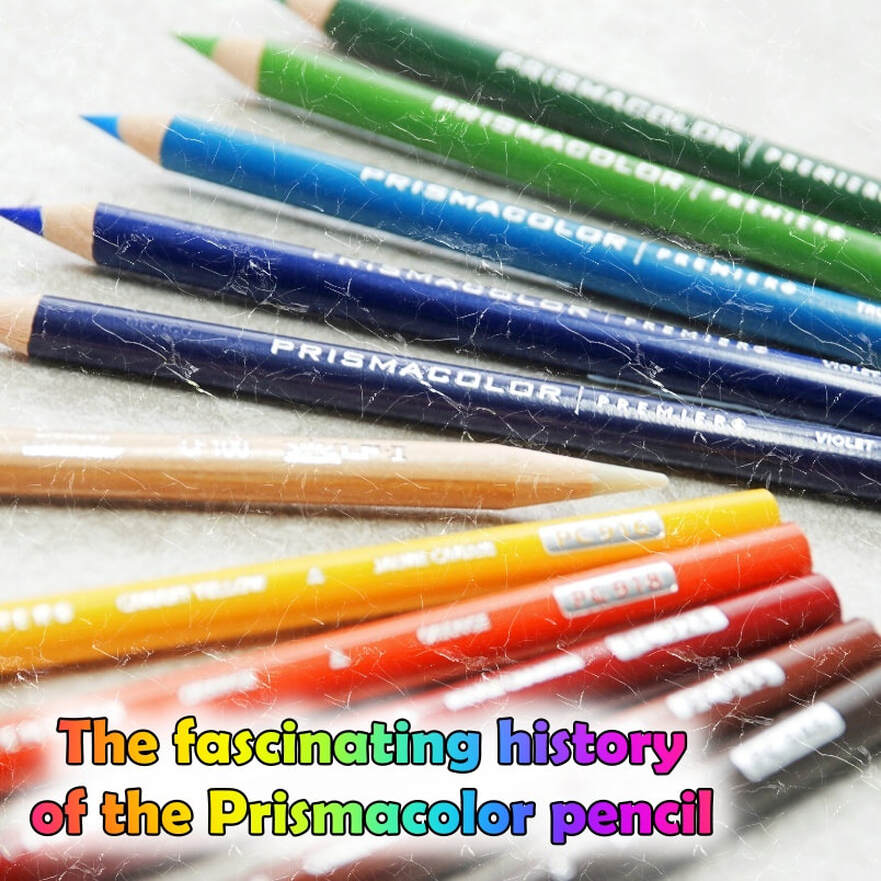
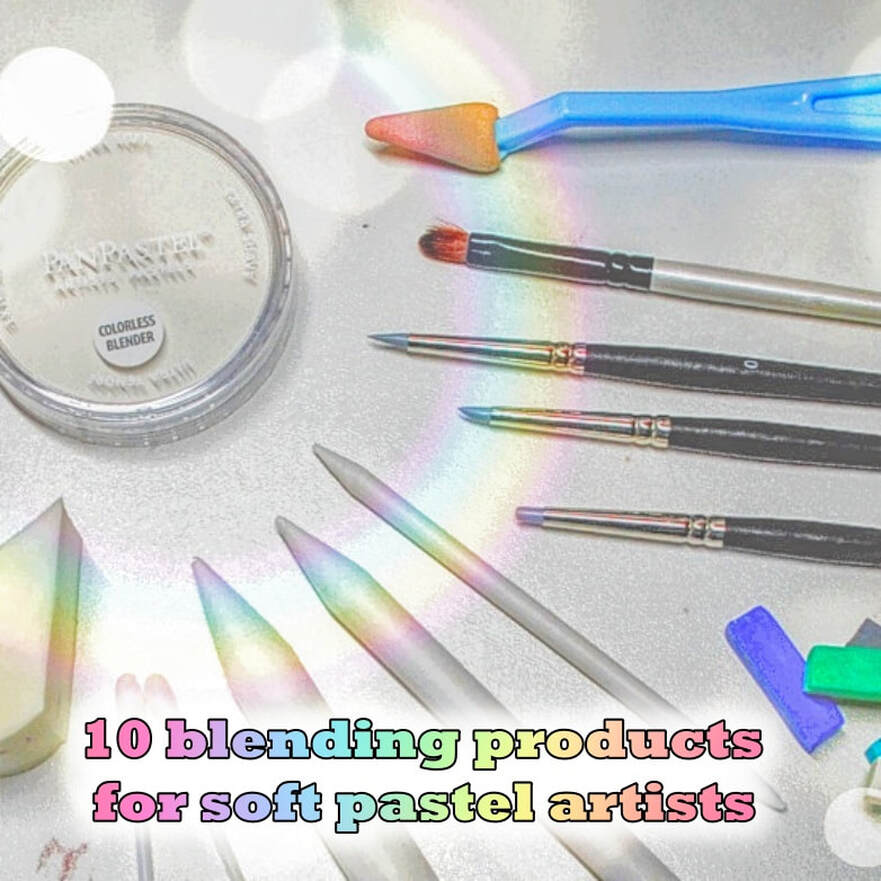



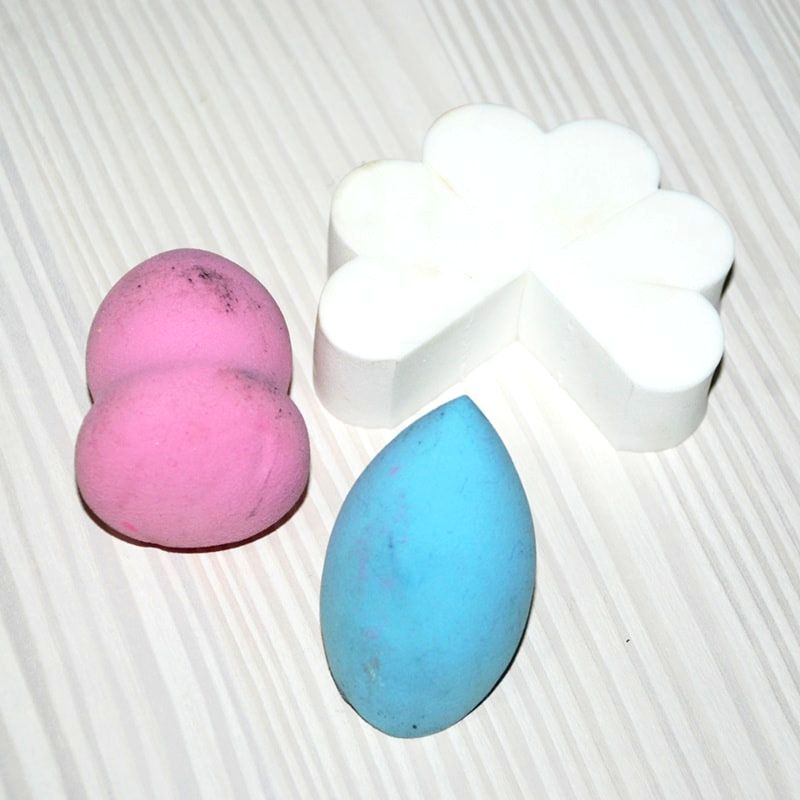




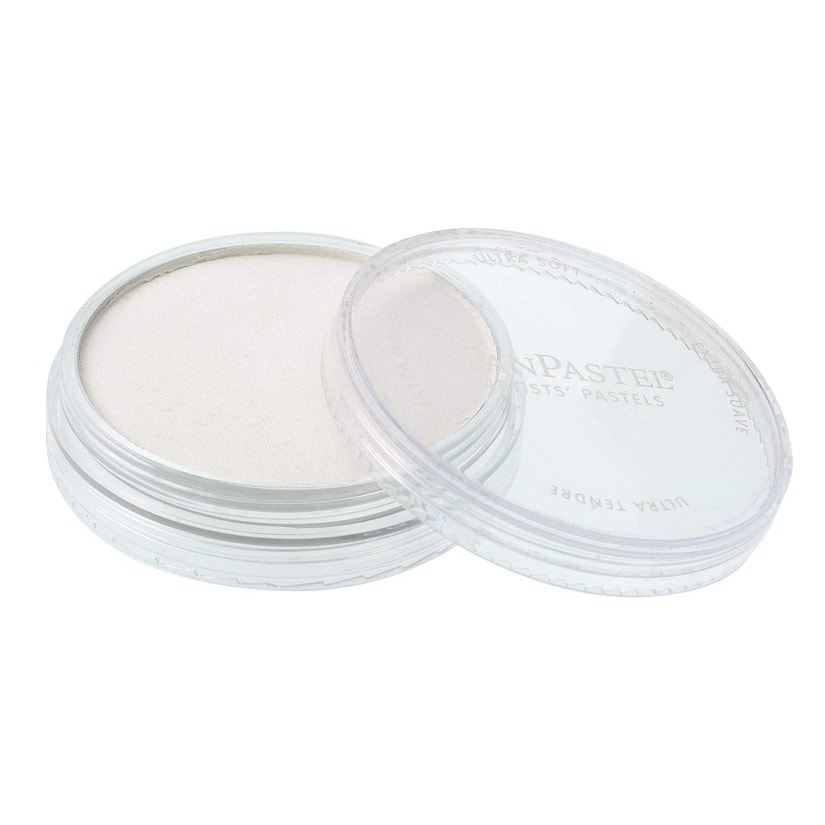

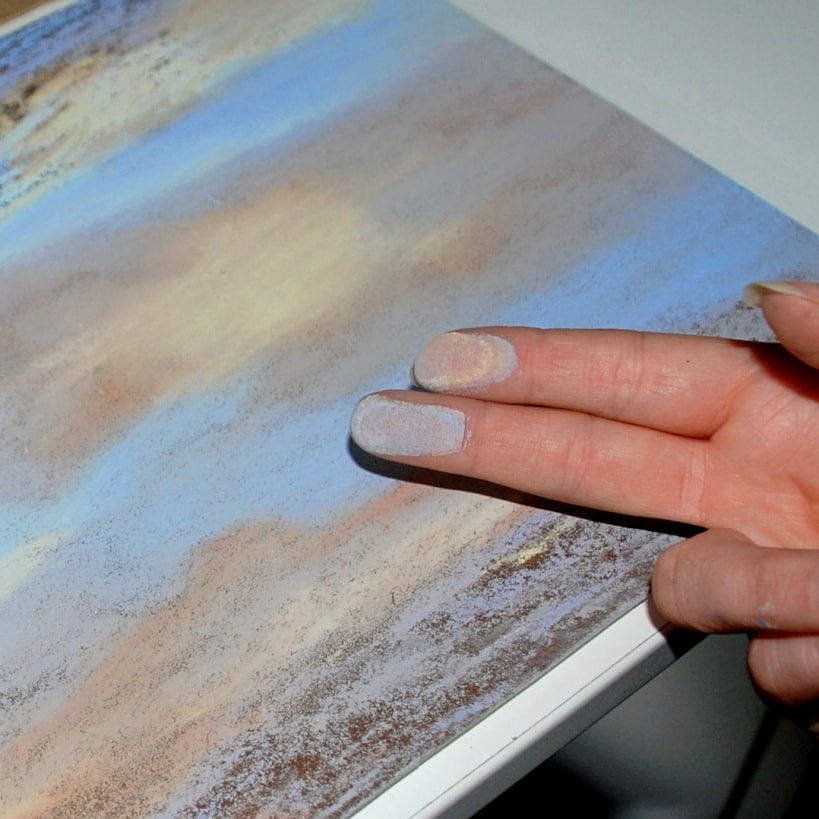
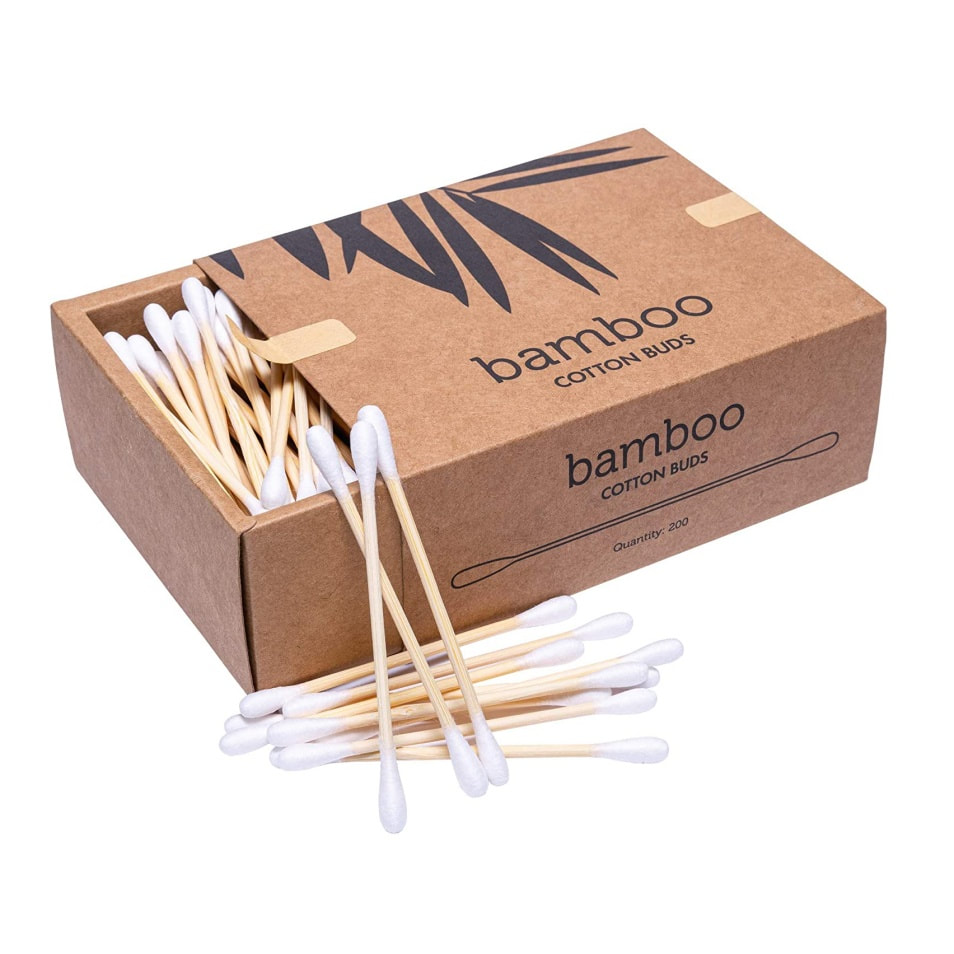

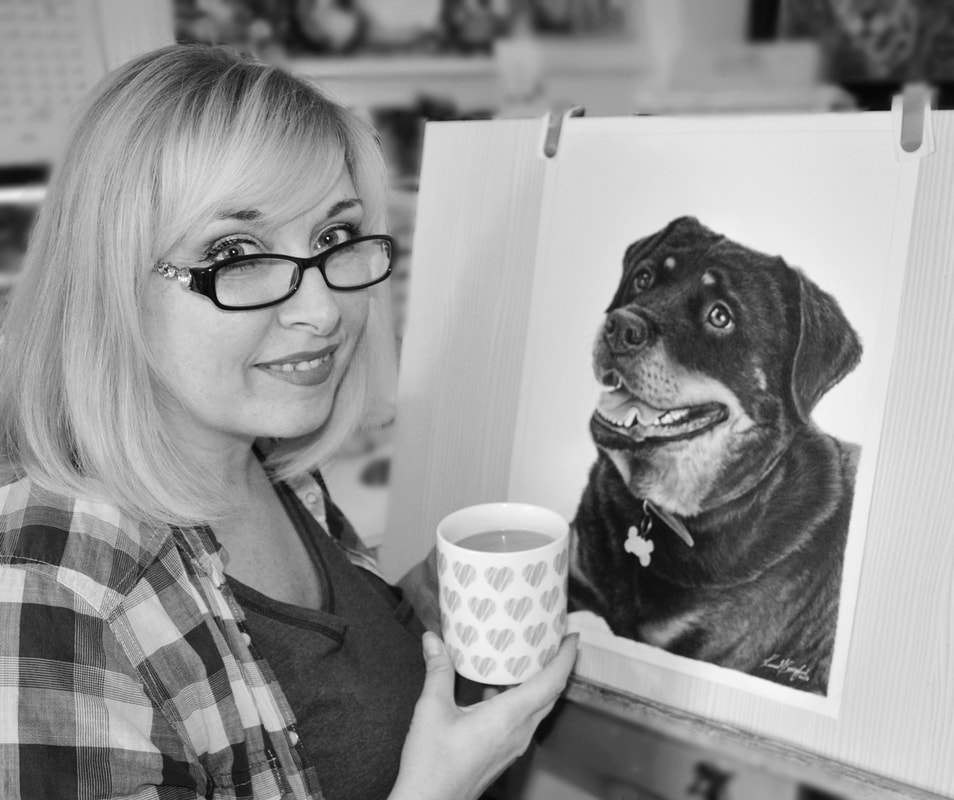
 RSS Feed
RSS Feed




